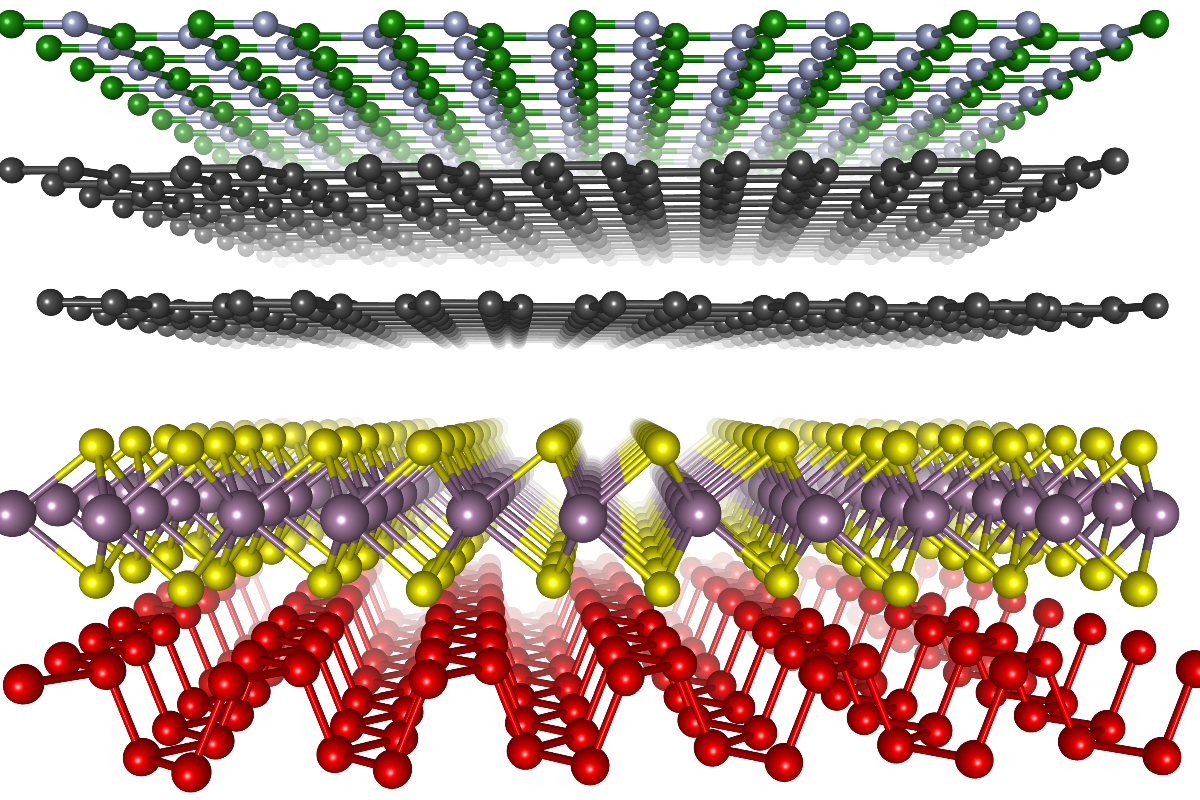Materials science stands at the confluence of several scientific disciplines, thriving at the intersection of physics, chemistry, and engineering. At its core, this field revolves around understanding the properties and behaviors of materials to innovate and enhance their applications across various industries. Among the most frequently posed questions in this domain is, “Is there much math in materials science?” The answer to this inquiry unveils a rich tapestry interwoven with complex mathematical concepts, which beckons both intellectual curiosity and practical applications.
To comprehend the role of mathematics in materials science, one must first examine the foundation of the discipline itself. Materials science is not merely concerned with the empirical study of materials; it also necessitates a thorough theoretical framework to predict and elucidate material behaviors. The necessity for mathematical models arises from the need to articulate the relationships between atomic structures, microstructures, and macroscopic properties. Mathematics serves as the language through which these relationships can be articulated and explored.
The utilization of physics in materials science, particularly solid-state physics, introduces a range of mathematical tools essential for understanding material properties. Concepts such as crystalline structures, electronic band structures, and phonon interactions are frequently described using advanced mathematics. To navigate through these complex structures, physicists employ Fourier transforms, differential equations, and linear algebra. For instance, the analysis of crystal lattices relies heavily on group theory, which provides valuable insights into symmetry operations that define material properties.
Equally significant is the employment of statistical mechanics, which endeavors to connect the microscopic behavior of atoms with macroscopic phenomena observed in materials. Through probabilistic models, one can predict phase transitions, understand thermal properties, and even analyze the electrical conductivity of materials. Here, mathematical statistics and calculus play a pivotal role, as they provide the frameworks to derive meaningful inferences from essential physical principles.
Another critical aspect of materials science that hinges on mathematics is the modeling of stress-strain relationships in materials under various loading conditions. These relationships are characteristically expressed through mathematical equations, such as Hooke’s Law and more complex constitutive models. The transition from abstract mathematics to real-world applications is no less than fascinating. Engineer-scientists utilize these mathematical relationships to design materials with specific properties, ensuring structural integrity and performance in everything from aerospace components to biomedical implants.
For those engaged in computational materials science, mathematics becomes even more ingrained into the discipline. This subfield leverages algorithms and numerical methods to simulate material behavior at atomic or molecular levels. Simulations such as molecular dynamics or finite element analysis are fundamentally founded on numerical mathematics. These techniques allow scientists and engineers to predict material behaviors without the need for extensive empirical testing, thereby accelerating the development and discovery of new materials.
Nonetheless, the mathematical rigor involved in materials science is often not immediately apparent to newcomers. Many students and budding scientists might initially perceive the subject as predominantly experimental or practical. However, a deeper dive reveals that the beauty of materials science lies precisely in its intricate relationship with mathematics. The ability to model complex phenomena accurately is what distinguishes profound scientific inquiry from mere observation.
Moreover, the practical applications of materials science are inherently reliant on innovative mathematical solutions. Consider the challenges in nanotechnology, where materials exhibit unique properties at very small scales. The manipulation of nanoscale materials necessitates precise calculations related to surface area, mechanical properties, and interactions at atomic levels. The mathematical understanding enables scientists to harness these extraordinary properties for advanced applications in electronics, medicine, and renewable energy.
Another compelling intersection of mathematics and materials science is found in the realm of interdisciplinary collaborations. As the field evolves, it embraces contributions from data science, artificial intelligence, and machine learning. These burgeoning sectors employ sophisticated mathematical techniques such as regression analysis, clustering algorithms, and optimization models to expedite materials discovery. This synergy not only enhances our understanding of materials but also propels the field into a new era where predictive modeling and empirical validation work hand-in-hand for unprecedented outcomes.
In essence, the exploration of the question “Is there much math in materials science?” encapsulates a broader narrative regarding the interdependence of disciplines. Mathematics is the intricate skeleton that supports the fleshy observations derived from materials experimentation. It offers the methodologies for mechanical insight and theoretical interpretation crucial for the advancement of materials science.
In conclusion, while materials science may seem rooted in empirical practice, mathematics is undeniably its heart and soul. From the theoretical frameworks needed for understanding atomic interactions to the sophisticated simulations defining modern engineering applications, mathematics is a cornerstone of the discipline. The marriage of practical experimentation with robust mathematical frameworks not only enriches the comprehension of materials but also inspires innovations that ultimately benefit society. Thus, there is indeed much math in materials science, and its profound relevance to the field is both essential and exhilarating.












